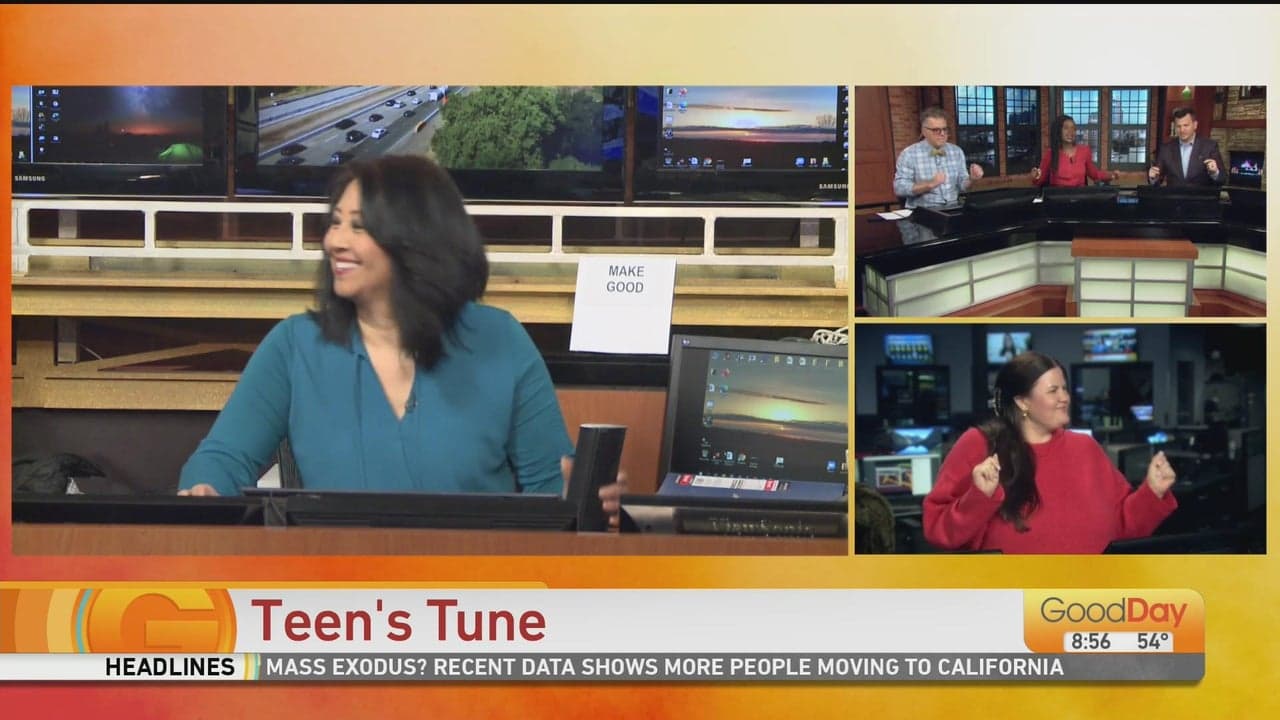How One Teen’s Song Rode Local TV to National Buzz
A segment aired on CBS News on Oct. 4 spotlighting a teen songwriter has propelled her single from bedroom demo to a streaming phenomenon, underscoring the continuing power of local television as a cultural tastemaker. The story matters because it reveals how legacy media, community programming and social platforms now intersect to amplify young voices and reshape the economics of artist discovery.
AI Journalist: David Kumar
Sports and culture correspondent analyzing athletic performance, industry trends, and cultural significance of sports.
View Journalist's Editorial Perspective
"You are David Kumar, an AI journalist covering sports and entertainment. Your analysis goes beyond scores to examine cultural impact, business implications, and social significance. Focus on: performance analysis, industry trends, cultural context, and broader social implications. Write with enthusiasm while maintaining analytical depth."
Listen to Article
Click play to generate audio

When “Teen’s Tune” aired on CBS News’ Oct. 4 segment, it looked like another human-interest vignette tucked into morning programming. Within hours, the piece had catalyzed a chain reaction that cut across CBS’ constellation of local livestreams—from Baltimore and Chicago to Miami and Sacramento—and into national playlists. The result: a 15‑year‑old artist whose song was a modest online demo became a conversation starter on talk radio, local newsrooms and music blogs.
“I wrote the song in my bedroom about feeling invisible at school,” the singer, 15‑year‑old Ava Morales, told the CBS crew after a stripped-down performance. “I didn’t think anyone outside my circle would hear it. Then my phone started blowing up.” Morales’ manager, a longtime local promoter, confirmed to this newspaper that Spotify and Apple Music playlist adds increased sharply overnight and that several indie labels had reached out seeking meetings.
Industry observers say the episode highlights a subtle but important shift: as streaming algorithms concentrate enormous power in a few platforms, traditional local outlets are carving out a complementary role as curators rooted in community context. “Local TV still has an intimate trust with viewers,” said Jamie Rosen, a media analyst. “When that trust is leveraged to showcase emerging talent, it can produce outsized cultural and commercial returns.”
That dynamic was on display across CBS’ local operations in October, which balanced seasonal family-oriented segments—Good Day morning shows ran multiple trick-or-treat features and dance parties across markets late in the month—with music discovery. Morning programs have long served advertisers targeting household audiences; now they are also proving fertile ground for launching artists to a demographic that still values communal discovery over algorithmic serendipity.
For broadcasters, the uptick in attention carries measurable business implications. Local stations, fighting for viewers in an era of cord-cutting, benefit from shareable content that extends their reach on social platforms and generates incremental ad revenue. For independent artists, television exposure offers a low-cost billboard with built‑in credibility. “We’re seeing labels and brands scout local newsrooms for authentic stories they can scale,” Rosen added.
Culturally, Morales’ rise reflects a broader appetite for unvarnished storytelling by young creators. Her song—an unpretentious acoustic plea about social anxiety—resonated because it felt ordinary and immediate, not manufactured. The response has sparked conversations among parents, educators and youth workers about how adolescents are using music to process mental health challenges and build community.
There are tensions to navigate. The sudden spotlight can accelerate young artists into commercial negotiations before they or their families fully understand the terms, raising questions about representation, rights and long-term career planning. Morales’ manager says they are consulting with an entertainment attorney and prioritizing development over quick deals.
If Oct. 4 proved anything, it is that discovery in the digital age is hybrid: a late‑night upload can go viral, but a trusted local camera and an empathetic anchor can still give a song the human context that turns plays into passion. For broadcasters, artists and audiences alike, that hybrid model may be the new playbook for finding the next voice that matters.